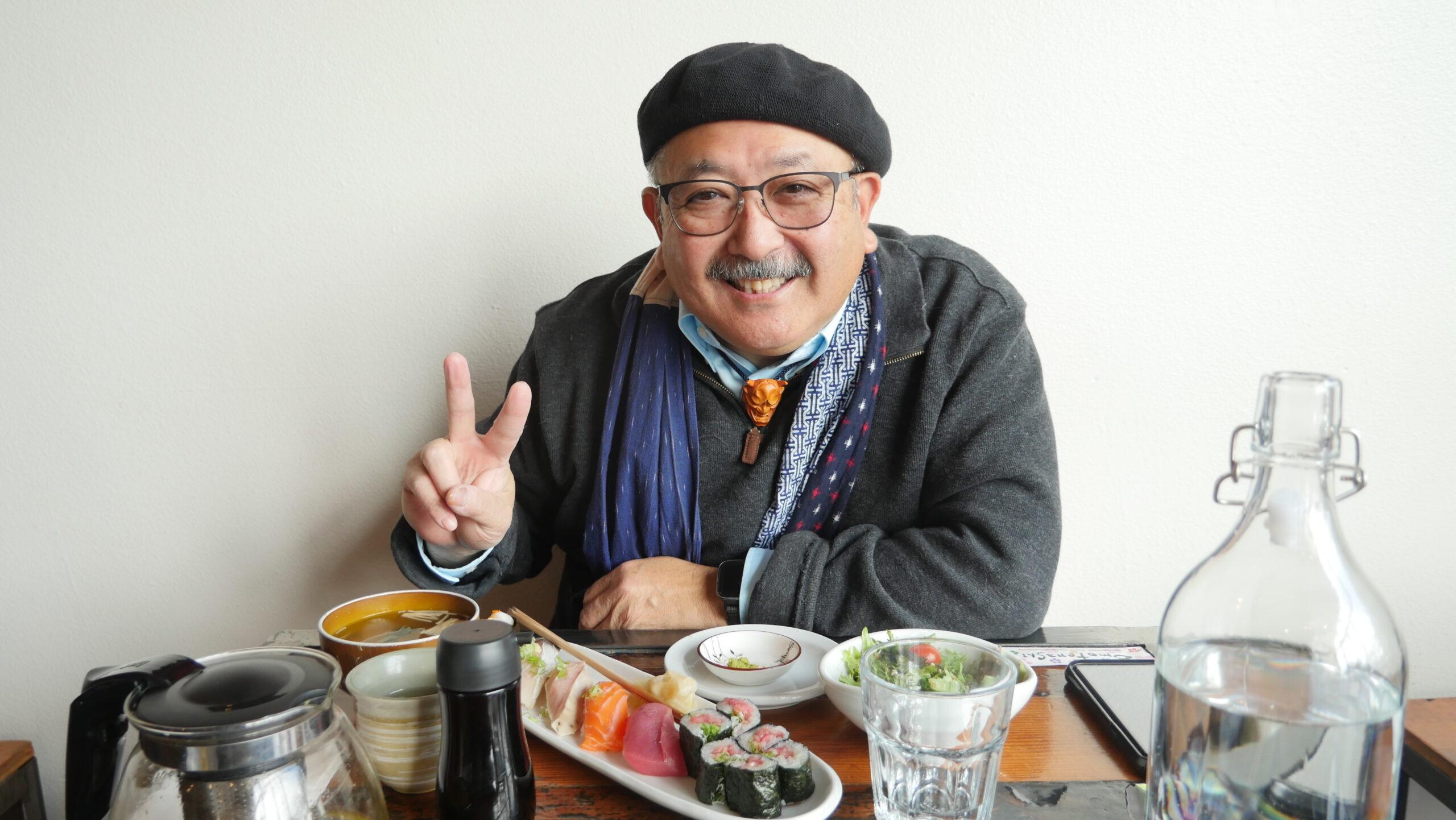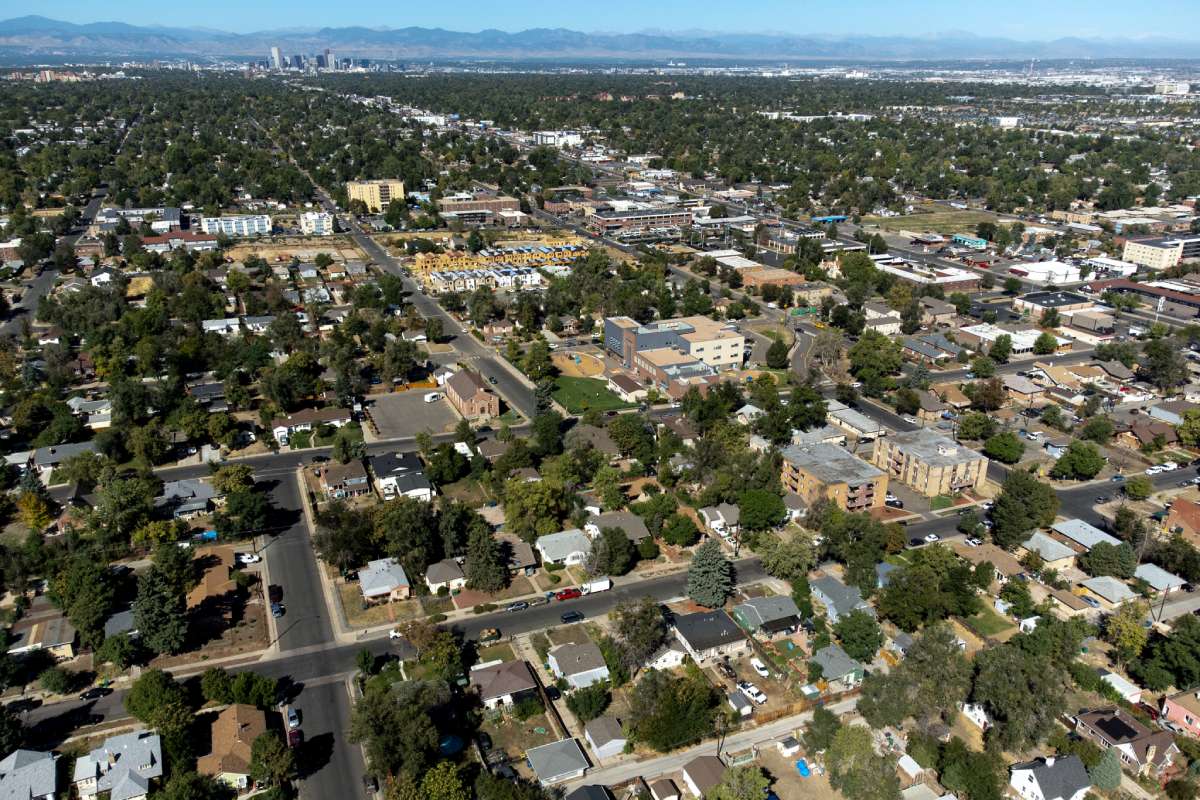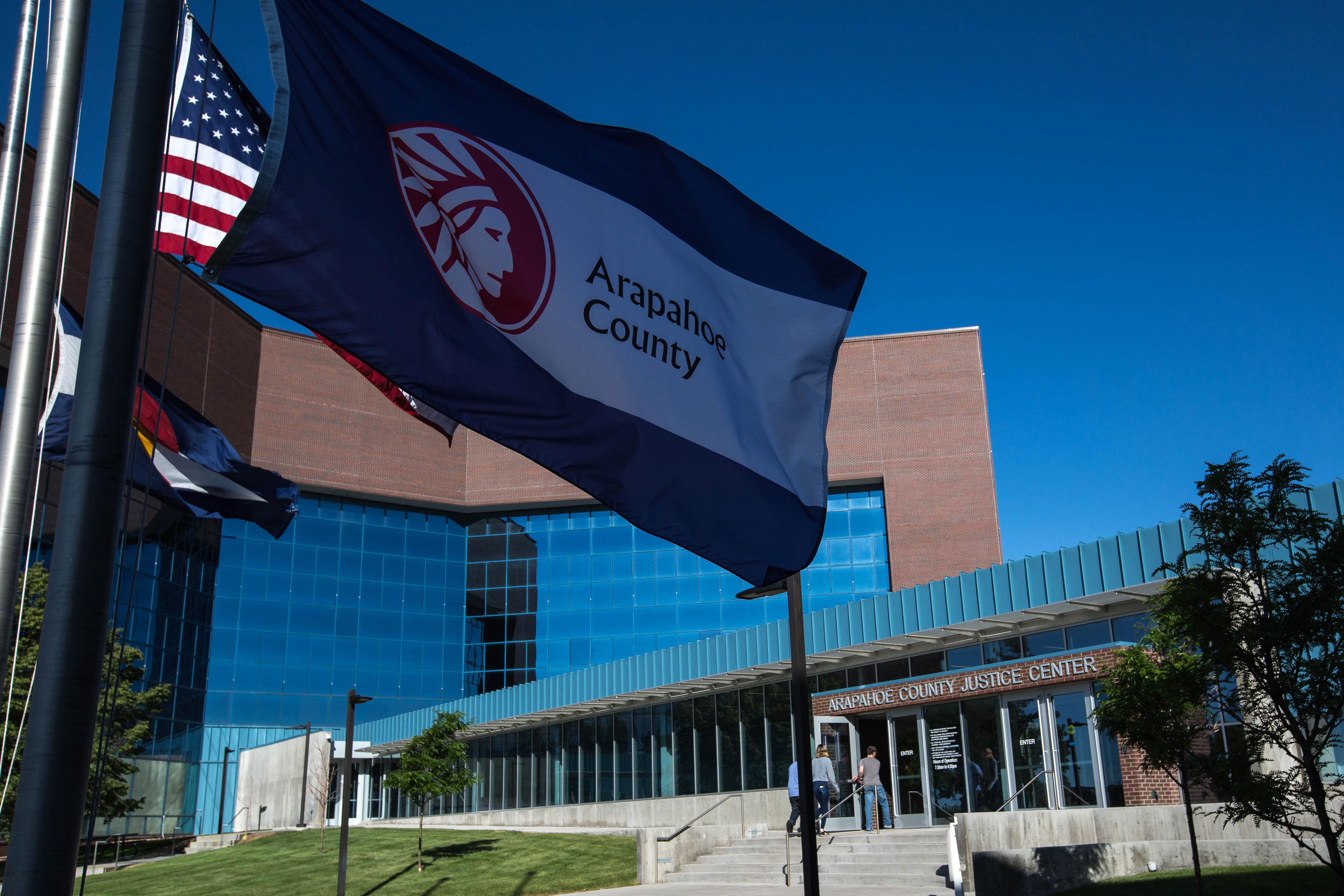
When Gil Asakawa moved to the United States from his native Japan in 1966, most Americans scrunched their faces at the idea of eating raw fish. “So the fact that sushi is now available at your neighborhood supermarket is a major cultural accomplishment,” he writes in a new book.
“Tabemasho! Let’s Eat” mixes the larger story of Japanese-American cuisine with Asakawa’s own taste adventures – from a Japanese salsa made with Pueblo chile to the comfort of ladling gravy over rice.
The longtime Denver journalist and self-described foodie sat down with Colorado Matters Senior Host Ryan Warner. Here are highlights from their conversation.
Ryan Warner: Your mother was a major influence on your palate, and she cooked both Japanese and American food, but I figure we should start with her teriyaki sauce which you invoke in the opening pages. What stands out about it to you?
Gil Asakawa: My mom, like a lot of ethnic mothers, didn't really measure things. She would just pour some sake into a bowl and then pour some shoyu, or soy sauce, into a bowl, and then scoop out some sugar. Then, when I went to college, I asked her for some recipes and, of course, she didn't write anything down, and so she just told me, "Well, I just use sake, soy sauce and sugar, and that's it." When I got to college, this is college, so I'm not going to go out and buy sake. I went and bought beer, and so I used beer for the longest time in my homemade teriyaki sauce.
Warner: How did that turn out?
Asakawa: It was pretty good. I think that's one thing about probably all foods, but certainly Japanese food, that they are very adaptable. All the dishes are. You don't have to be exact. You can be like my mom and go with your gut.
Warner: Your wife Erin has also helped shape your palate. Will you tell us about a dish her family makes, kakimochi?
Asakawa: It's actually like a teriyaki chip. I have the recipe in my first book, ‘Being Japanese American.’ It's a chip that's sweet and salty, and it has soy sauce and butter, but its main ingredient is Tostitos corn chips. Not the regular corn chips, the round ones. There's a mini size, and that's what I use for kakimochi.
Warner: This idea of fusing ingredients– true Japanese-American food – is also exemplified in a type of salsa. Would you describe Karami for us?
Asakawa: Karami is something that I was introduced to about a decade ago. A friend of mine who lives in Boulder had started a company to mass produce Karami, which is a Japanese-American variation from Pueblo, Colorado. The family of a former mayor of Pueblo was making this. It's a side dish in Japan to have pickled vegetables and various things, and you serve it with rice or next to your protein. This was usually made with seaweed. Japanese Americans who were farmers or railroad workers in Pueblo found, huh, there's no seaweed, but they found something that had a very similar mouthfeel in terms of sliminess and texture, and it was Pueblo chilies, green chilies. So they started using that. It's really good. It's tasty. It has the flavor of a Japanese condiment with soy sauce and sugar, but it has a little kick because of the green chiles.
Warner: I was surprised to read in the book that, in Japan, it's not good form to pour soy sauce over your plain rice.
Asakawa: Yeah. My mom used to yell at me when I did that. It would be rude. It would be like saying, "This rice is terrible. I need to add something to it," but, when you're a kid, I used to put all sorts of things on all sorts of food. I put MSG, Ajinomoto, on Cheerios once. I never made that mistake again.
Warner: You also posted to social media recently that you put gravy on rice, invoking the coming holidays, and then I just got a craving for gravy on rice. I thought, ‘What a brilliant idea.’
Asakawa: There's actually a couple of ways that's come into the culinary vocabulary. There's a Hawaiian dish called Loco Moco, which is rice covered with one or two hamburger patties, and then topped with brown gravy and then a fried egg. I've also had it with the white gravy that comes with chicken-fried steak. Chicken-fried steak is great on rice. But for Thanksgiving, we used to have rice. We'd also have mashed potatoes, and you use your little spoon to make that little volcano crater in your mashed potatoes. Then we'd put gravy on both rice and the mashed potatoes. But I really love gravy on rice. When I posted that picture the other day, I was shocked at how much interaction it got, and a lot of Japanese Americans saying, "Yes, that's what I love best about Thanksgiving." It's true, I'm not a huge fan of turkey or dressing but, man, gravy on rice!
Warner: I think the rise of seaweed as food in the United States must follow a similar trajectory to sushi. (Of course, sushi is often wrapped in seaweed.) I remember when it became more en vogue to have dried seaweed– a little strip of dried seaweed.
Asakawa: Yeah, as a snack.
Warner: Yeah! And some kids in my school, I remember growing up, their parents would pop those into their lunches.
Asakawa: Seaweed is everywhere in Japan, in all sorts of different ways, regional seaweed. Seaweed was part of the movement for health food that started in the late 1960s, early 1970s.
Warner: When you say regional seaweed, in other words, there's like terroir for seaweed?
Asakawa: In Okinawa, there's a form of seaweed called mozuku. It looks like little hairy balls of mush, but it's really good. My mom is from the northern island of Hokkaido, on the easternmost tip, and she always swore that the seaweed from her hometown of Minato is the best in Japan.
Warner: I'd like to talk about how the imprisonment of Japanese Americans during World War II shaped foodways. Colorado, of course, was the site of Camp Amache. Perhaps, Gil, we can focus on soy sauce that was made in the camps.
Asakawa: Some of the camps had the wherewithal and the materials where they could make soy sauce. But instead of real soy sauce, which would be aged for a long time, years, in these huge caskets, they were made quickly. So it helped take the edge off camp food and make it more authentic. Camp food was something that was important. It helped change the things that Japanese Americans ate– and got sick of eating– certain things they were fed all the time, like cottage cheese.









